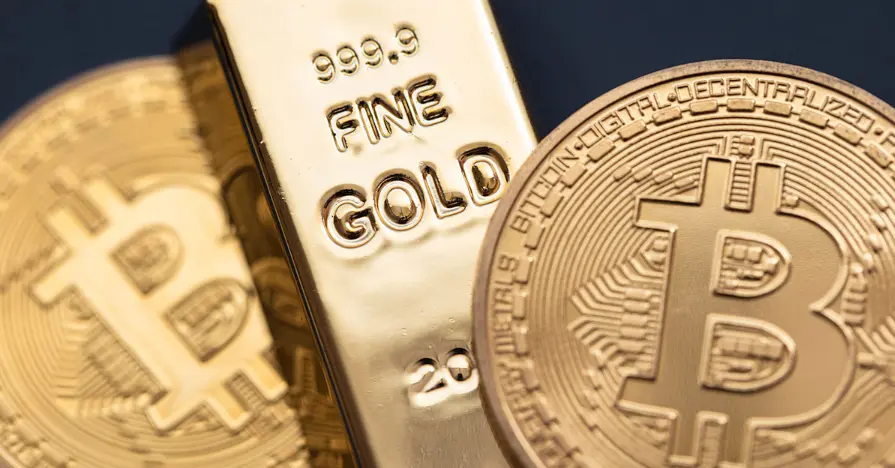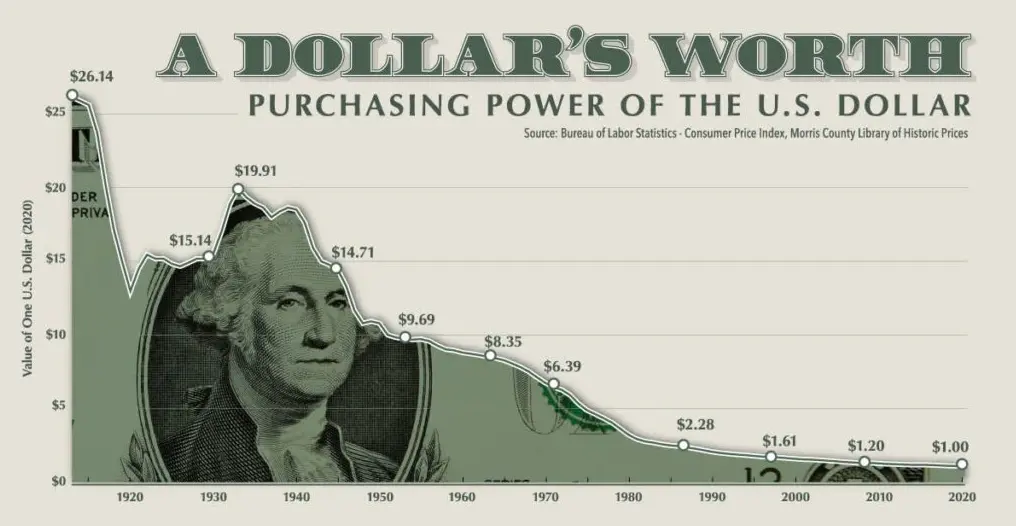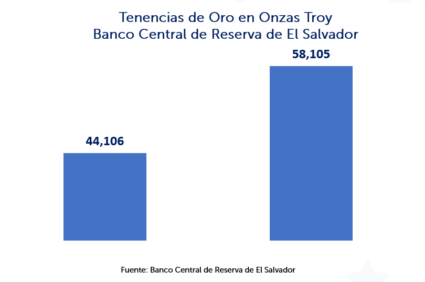
For over two decades, El Salvador has lived under a unique monetary condition: a fully dollarized economy with zero monetary sovereignty. Since 2001, the country has depended entirely on the U.S. dollar for its internal transactions, savings, credit, and financial stability.
Today, however, a series of strategic moves — including the accumulation of Bitcoin reserves, the first national gold purchase since the 1990s, and a growing institutional discourse around the risks of fiat currencies — has fueled a serious question:
Is El Salvador quietly preparing for a future in which the U.S. dollar loses its global dominance?
A Dollarized Nation With No Monetary Control
When a country adopts a foreign currency as legal tender, it gains short-term stability but sacrifices long-term control. El Salvador cannot:
- Issue its own money
- Influence interest rates
- Expand, adjust, or contract the money supply
- Use monetary tools to respond to crises
All such powers were outsourced to the U.S. Federal Reserve, an institution whose decisions prioritize U.S. domestic interests — not El Salvador’s. That model works only as long as the dollar remains strong, stable, and trusted.
But globally, that trust is weakening.

Bitcoin Policy and the Search for an Alternative Hedge
In 2021, El Salvador became the first country in the world to recognize Bitcoin as legal tender. With that decision came another consequence: the creation of the world’s first national Bitcoin reserve.
Since then, the government has continued to buy Bitcoin periodically, maintaining a long-term position rather than a short-term speculative play. Whether one agrees or disagrees with Bitcoin as policy, the move has a clear strategic logic:
- Bitcoin operates outside the fiat system
- It cannot be devalued by political decisions
- It has programmed scarcity
- It represents a potential hedge against systemic monetary risk
From a financial-strategy perspective, Bitcoin gives El Salvador a tool it never had: an asset beyond the reach of foreign central banks.
Gold Returns: A Traditional Anchor Resurfaces
In 2025, El Salvador made its first gold purchase in roughly three decades, increasing its small but symbolic reserve. The timing is notable. Around the world, central banks — especially in Asia — have been accumulating gold as fiat confidence erodes.
Gold is the opposite of a political currency. It has:
- 5,000 years of monetary history
- No counterparty risk
- Global liquidity
- Proven resilience in crises
When a government holds Bitcoin and gold, it sends a clear monetary signal: “we are diversifying away from the vulnerabilities of fiat.”

The Fiat Dilemma and Max Keiser’s Thesis
For years, financial commentator Max Keiser argued that:
- Fiat currencies inevitably fail
- The U.S. dollar, as the center of the fiat system, carries the greatest systemic risk
- Bitcoin is the exit mechanism before the collapse

Keiser, now formally involved in El Salvador’s Bitcoin ecosystem, has long maintained that debt-based monetary models have mathematical expiration dates. Whether one agrees with him or not, his thesis aligns with the observable data:
- Global debt at record highs
- Historic inflation cycles
- Declining trust in central banks
- Falling purchasing power of fiat currencies across decades
This is not a conspiracy theory. It is classical monetary physics: fiat currencies almost always end in debasement.

Is El Salvador Hedging Against a Dollar Crisis?
At this point, the question becomes inevitable:
Is El Salvador preparing for the moment when the U.S. dollar — as a fiat currency — collapses?
The country now holds:
- A growing Bitcoin reserve
- A renewed gold position
- A dollarized economy acting as a bridge, not a final destination
The pattern suggests hedging, not improvisation.
Scenario Analysis: If Fiat Falters, Then What?
| Scenario | Global Outcome | El Salvador’s Position |
|---|---|---|
| Partial dollar loss of dominance | Global realignment | ES suffers less due to diversification |
| Slow replacement of USD as reserve currency | Long transition | ES is early, not late |
| Hard fiat crisis or dollar collapse | Severe global shock | BTC + gold = lifeboat |
A small country with alternative reserves can sometimes maneuver faster than a large one with massive liabilities.
Could El Salvador Become Moderately Wealthy in a Post-Fiat World?
If the fiat era ends and store-of-value assets surge, a small nation with:
- Low territory cost
- Small population
- Strategic reserves in scarce assets
could see outsized proportional gains.
No one is claiming Bitcoin and gold will turn El Salvador into Switzerland. But compared with other developing nations, El Salvador could very realistically:
- Stay afloat while others sink
- Potentially rise in relative wealth, not collapse with the fiat system
- Accumulate purchasing power instead of losing it
That alone would be historic.
Conclusion: Preparation Is Not Alarmism — It’s Strategy
El Salvador cannot print dollars. It cannot influence the Fed. And it cannot survive a monetary collapse by doing nothing.
So instead, it appears to be building a three-layer strategy:
- Dollar (present stability)
- Gold (traditional hedge)
- Bitcoin (long-term asymmetric upside)
If the dollar remains strong, El Salvador loses nothing by diversifying.
If the dollar falls, El Salvador may be one of the few nations prepared, not surprised.
And perhaps that is the real story: not fear, not ideology — but preparation.


